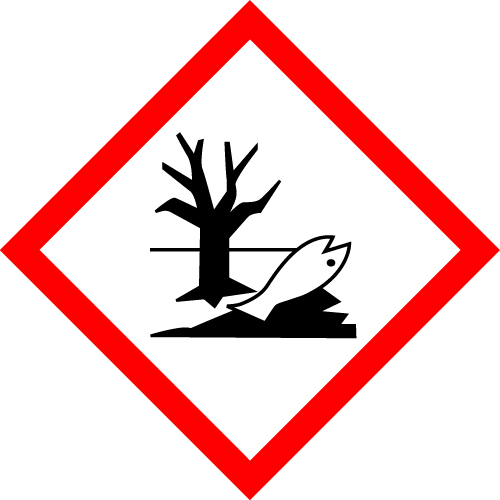Lead white paint was banned in many countries due to its high lead content, which poses significant health risks, especially to children and pregnant women. Prolonged exposure to lead can cause neurological and developmental issues.
Rublev Colours Flake White (Lead White) Oil Paint - High-Quality, Professional Oil Paint
Rublev Colours Lead White #1 (also known as flake white or Cremnitz white) is an opaque white that is smooth and long. It is the most common white found on the old masters' palette.
Lead White (also known as flake white or Cremnitz white) is an opaque white that is smooth and brushes long in the brushstroke direction. The consistency straight out of the tube is creamy and slightly ropey, yet retains its shape as you manipulate it while being soft yet sculptural.
Our lead white is made with pale linseed oil and basic lead carbonate (made according to modern processes) without stabilizers (e.g., stearates, waxes, etc.) or fillers to alter the characteristics of the pigment. As a result, you get higher pigment volume concentration (PVC) than other brands of lead white (flake white)—as high as 50%. This means most brands of flake white do not weigh nearly as much as Rublev Colours 50 ml tube. Yet, Rublev Colours Lead White is not overly stiff and mixes well with all other oil colors.
Lead white is the most common white on the old masters' palette. Lead pigments have been made artificially since antiquity, although health concerns about lead poisoning have greatly diminished their role in painting today.
To learn more about the various Lead Whites and their application, please see our article "Lead White Artist Oils to Choose."
Notes
Some separation of pigment and oil may occur in Rublev Colours Artist Oils and is a natural process when no wax or stabilizers are added to paint to prevent this from occurring.
All images of color swatches on this website are only approximations of the actual color of the oil paint. We have carefully matched the color in these pictures on calibrated color monitors to the actual color. However, your results may vary because of the wide variance in color monitors.
Color Swatch Note: The color swatch was created with a thick application (left side) of color and a tint (right side) made with equal parts of color and titanium white and applied on acrylic primed cotton canvas.
Drawdown Note: The image of the "drawdown" contains a pre-mixed paint film of 6 mils (0.006 inches) thickness applied to a standard test card to examine color consistency, opacity, and other qualities. The drawdowns show the color's full strength (mass tone) on the left and mixed in a 1:2 ratio with titanium white on the right. The bottom area of the drawdowns is scraped to show undertones.
Frequently Asked Questions
Why was lead white paint banned?
What is a substitute for lead white?
A common substitute for lead white is titanium white, made from titanium dioxide. It offers a similar texture and opacity but without the health risks associated with lead. Titanium white, however, does not provide the sefl-healing mechanism of lead white in oil paint, which delays embrittlement and helps oil paint films remain flexible for longer periods.
When was lead white banned?
Lead white began to be banned or restricted in various countries throughout the 20th century, with significant legislation occurring in the late 1970s and 1980s. The exact year varies by country.
Is lead paint still legal in the US?
In the United States, the Consumer Product Safety Commission banned the use of lead paint in residential structures and on furniture and toys in 1978. However, due to the efforts of the Artists Equity Association in Washington, D.C., lead white in artists' oil paint was exempted from the ban and continues to be allowed for purchase in the United States.
Composition and Permanence
| Lead White | |
| Color: | Lead White |
| Binder: | Linseed oil |
| Additive(s): | None |
| Pigment Information | |
| Pigment: | Lead White |
| Pigment Classification: | Synthetic inorganic |
| Colour Index: | Pigment White 1 (77597) |
| Chemical Name: | Basic lead carbonate or Lead(II) carbonate basic |
| Chemical Formula: | 2PbCO3.Pb(OH)2 |
| CAS No. | 1319-46-6 |
| Properties | |
| Code: | 802 |
| Series: | 5 |
| Opacity: | Opaque |
| Tinting Strength: | Medium |
| Drying Rate: | Fast |
| ASTM Lightfastness: | I |
| Permanence: | A - Permanent |
| Safety Information: | DANGER! CONTAINS LEAD. HARMFUL IF SWALLOWED. Avoid ingestion and skin contact. Wear protective clothing and gloves to prevent contact with skin. Never use near children or pets. Conforms to ASTM D 4236. DANGER |
For a detailed explanation of the terms in the table above, please visit Composition and Permanence.
| SKU | 820-802 |
|---|---|
| Brand | Rublev Colours |
| Vendor | Rublev Colours |
| Processing Time | Orders ship on Tuesdays and Thursdays. |
| Color | White |
| Pigment Type | Inorganic, Synthetic |
California Proposition 65: This product contains a chemical known to the State of California to cause cancer and birth defects or other reproductive harm.
Hazard Pictograms
 |  |  |
| GHS07: Exclamation Mark | GHS08: Health Hazard | GHS09: Environment |
Contains Basic Lead Carbonate.
Signal Word: Danger
Hazard Designation
H302 Harmful if swallowed.
H332 Harmful if inhaled.
H360 May damage fertility or the unborn child.
H373 May cause damage to organs through prolonged or repeated exposure.
H410 Very toxic to aquatic life with long lasting effects.
Safety Designation
P260 Do not breathe dust/fume/gas/mist/vapors/spray.
P261 Avoid breathing dust/ fume/ gas/ mist/ vapors/ spray.
P280 Wear protective gloves/ clothing/ eye/ face protection.
P281 Use personal protective equipment as required.
P405 Store locked up.
P501 Dispose of contents/ container according to regional, national and international regulations.












